Ancient Psychedelia: Alien Gods & Mushroom Goddesses
Online Book - Chapter 11, Page 185
Back to Online Book Mainpage / Next Page (Chapter 11, Page 186)
We can see on the first provincial Greek coins from 480-380 BC, that mushrooms were clearly considered important and represented as such (48b), but on later Greek issues the same mushroom has been turned into a vine with a grape bunch hanging down (48c, d, f). This becomes more and more distinct over time. On Greek vases, the mushroom depictions are even more pronounced sometimes (47a, b, f). Dionysus coins from the Roman Republic era, c. 140 BC, make almost no distinction between the grape bunch and a mushroom (49h).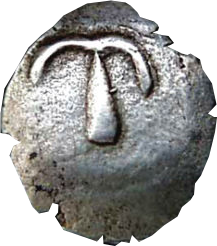 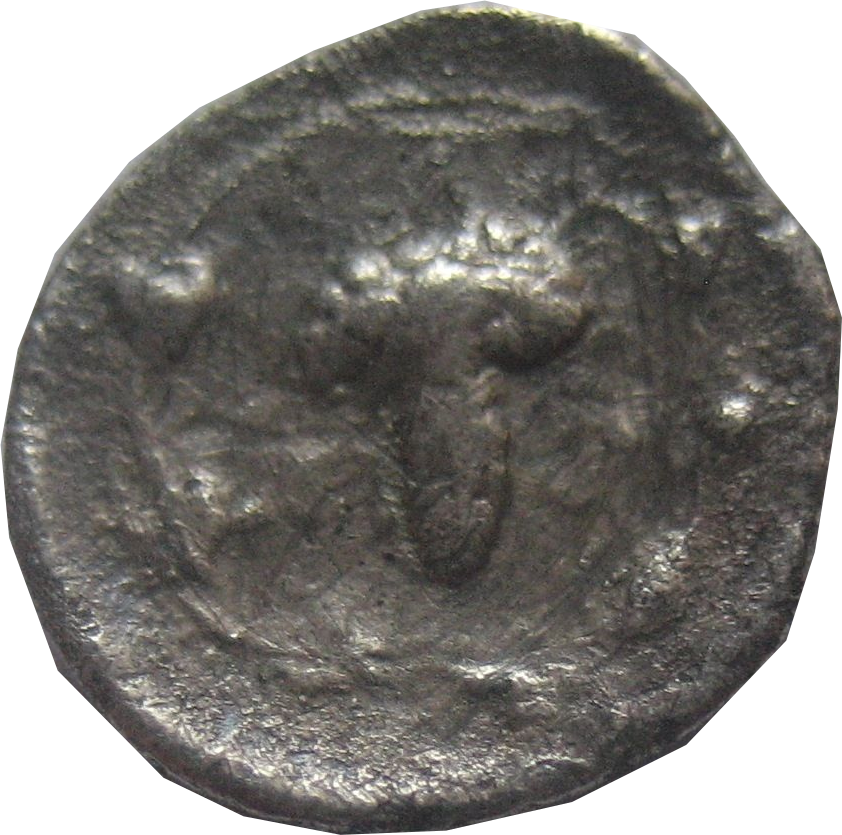 R: (48c) Sicily, Naxos, Dionysos c. 461-404 BC R: (48c) Sicily, Naxos, Dionysos c. 461-404 BC L: (48d) Aeolis, Temnos, Dionysos c. 350-300 BC 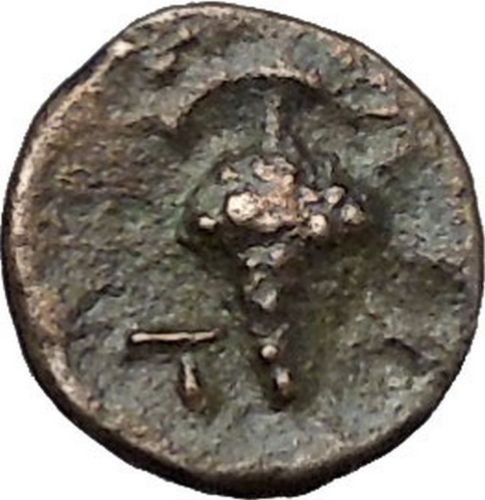 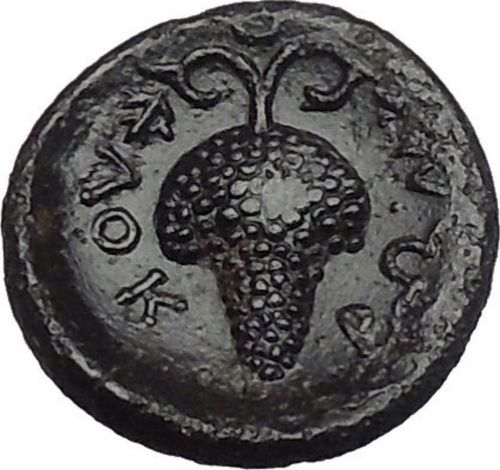 R: (48f) Opuntian Locris Head of Athena right, in crested Corinthian helmet. Bunch of grapes c. 350 BC 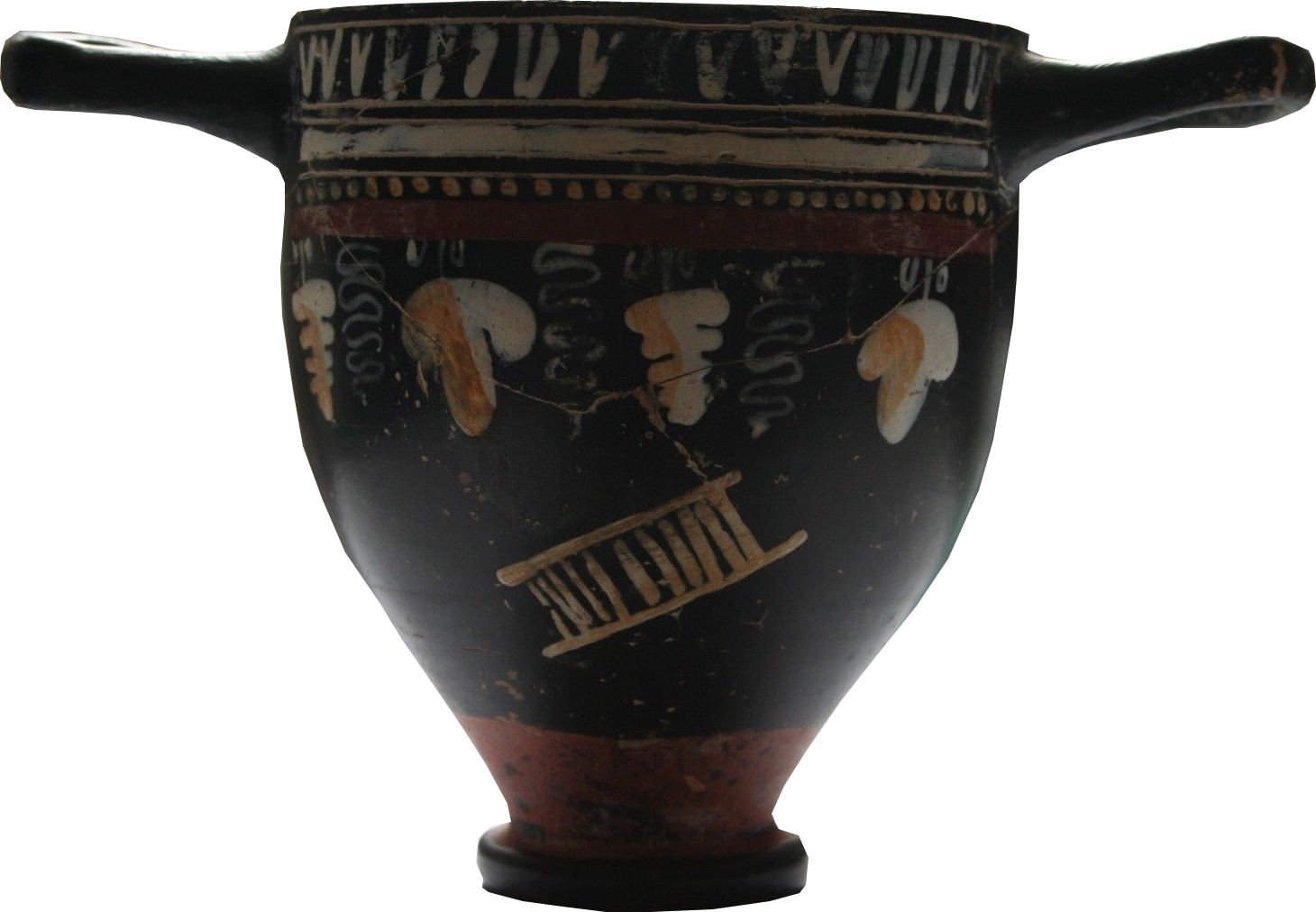 (47a) Apulian Black-glaze Skyphos c. 400-300 BC |
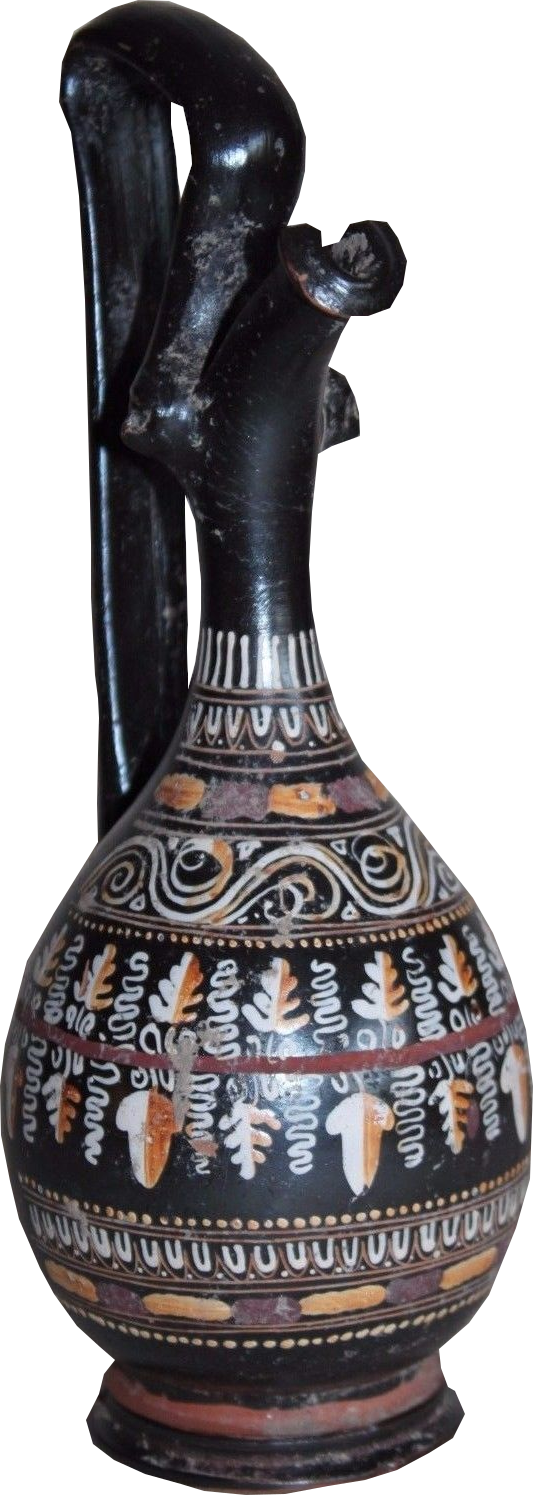 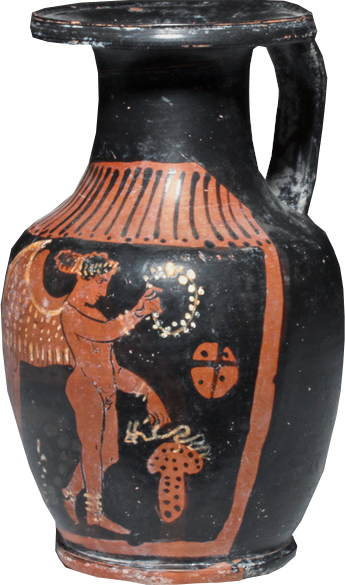 R: (47f) Red Figure Olpe, Eros. Magna Graecia southern Italy, Apulia c. 340 BC 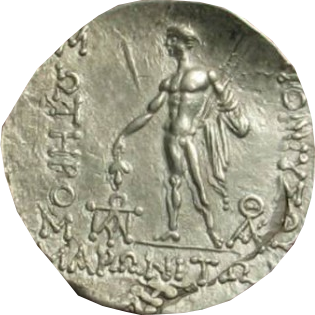 (49h) Greek City States, Maroneia Under Roman Republic rule. Reverse: Dionysos c. 140 BC According to Graves, the two main Dionysian festivals were the Spring Anthesteria, or “flower-uprising” and the Autumn Mysterion which was known as the Ambrosia Festival, and translates to “Food of the Gods.” Graves assumes the Mysterion to mean “uprising of toadstools” due to the familiar wordage of “myco” to “myste.” Phoroneus, inventor of fire, built the city of Argos. According to Apollodorus, the emblem of Argos was the toad. Mycenae, the main fortress of Argolis, was called so, according to Pausanius, due to Perseus having been a Dionysian convert and finding a toadstool growing on the site. It’s very likely we get the name Perseus from Phryneus, meaning “Toad-man,” which was changed slightly to Phoroneus then later to Perseus. (65) (65) White Goddess, p. 183-4 |
Go Back to Page 184